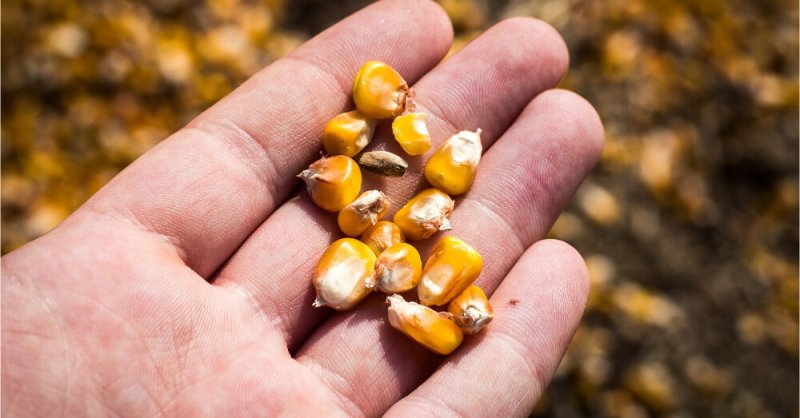DP23211 maize was genetically modified (GM) to express …. protein for control of corn rootworm. DP23211 maize also expresses …. tolerance to glufosinate herbicide …. A multi-location field trial was conducted during the 2018 growing season at 12 sites selected to be representative of the major maize-growing regions of the U.S. and Canada.
Standard agronomic endpoints as well as compositional analytes from grain and forage (e.g., proximates, fibers, minerals, amino acids, fatty acids, vitamins, anti-nutrients, secondary metabolites) were evaluated and compared to non-GM near-isoline control maize (control maize) and non-GM commercial maize (reference maize).
Compositional analysis studies are currently required as part of the global regulatory approval process for GM crop food and feed safety assessment. In this study, there were few statistically significant differences detected between DP23211 [GMO] maize and control maize for compositional endpoints.
…
No biologically relevant differences in composition were detected between GM and control maize. These results support the conclusion that DP23211 maize is substantially equivalent in the composition of grain and forage to the non-modified crop. DP23211 maize expresses an insect-specific dsRNA, an insect-active non-Bt protein, the phosphinothricin acetyltransferase (PAT) protein for tolerance to glufosinate herbicide, and the phosphomannose isomerase (PMI) protein that was used as a selectable marker.
The PAT and PMI proteins have a history of safe use in agriculture, 20,39-41 and are present in a number of approved events that are currently in commercial use. Based on the history of safe use of the PAT and PMI proteins in agriculture, and based on the mode of action and specificity of activity of DvSSJ1 dsRNA and IPD072Aa protein, there was no a priori reason to expect the introduced traits would interact with plant metabolic pathways in such a way as to change the composition.
The composition results from this study are in line with results generated from over 25 years GM crop cultivation, which have not identified any biologically relevant changes in composition that are associated with the development of a GM plant. The main objective of this composition study was to fulfill regulatory data requirements, and publication of these results adds to the weight of evidence and scientific literature that documents the lack of biologically relevant changes in the composition of GM plants.































